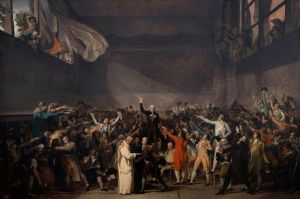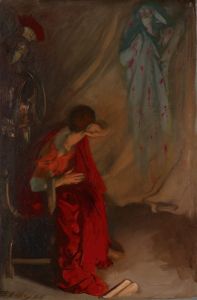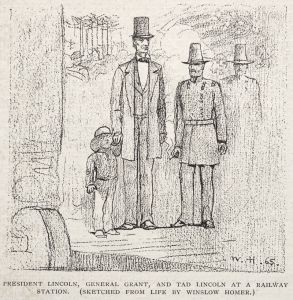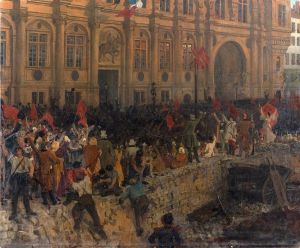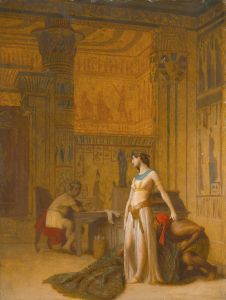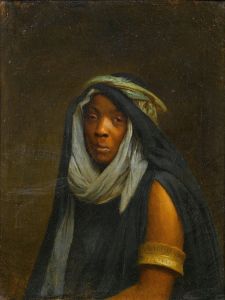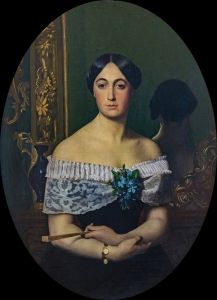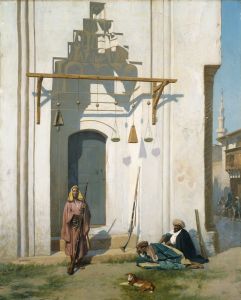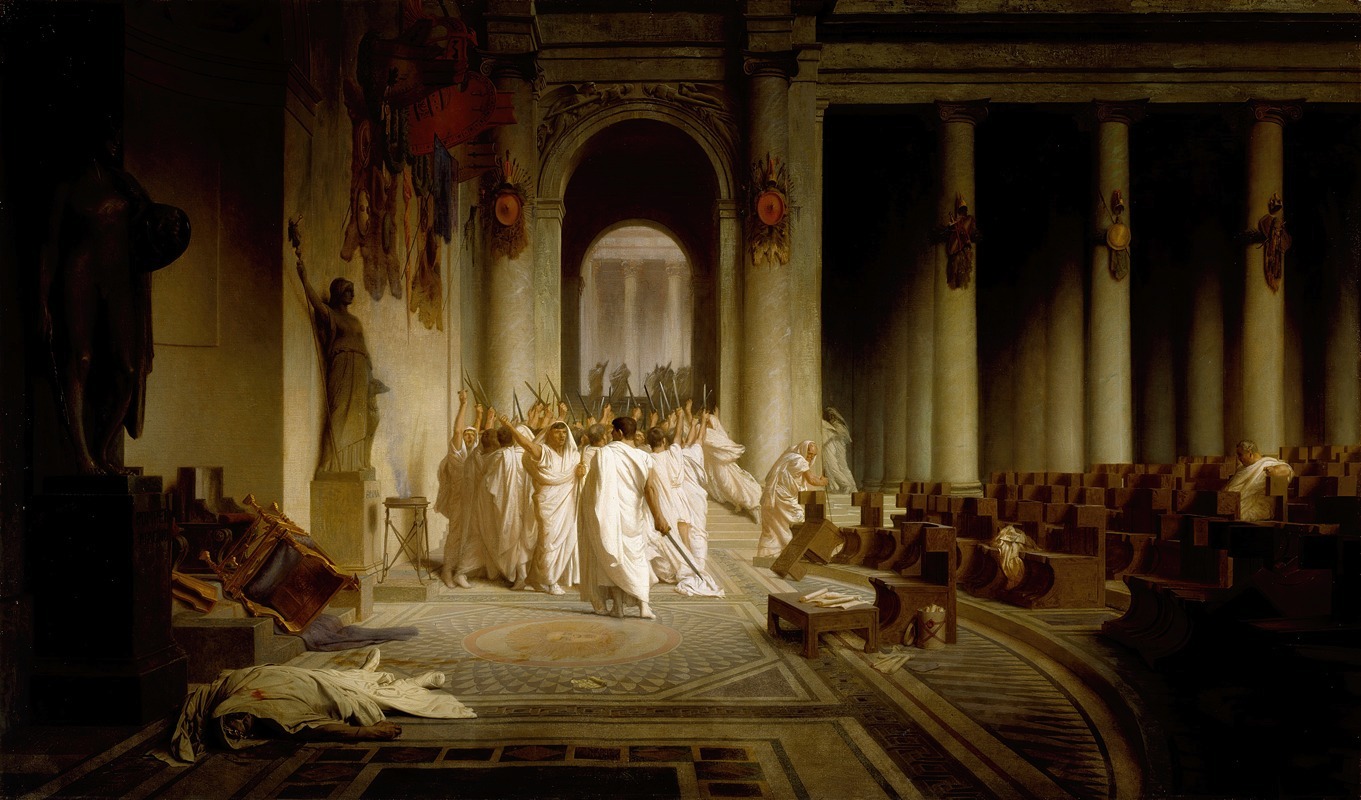
The Death of Caesar
A hand-painted replica of Jean-Léon Gérôme’s masterpiece The Death of Caesar, meticulously crafted by professional artists to capture the true essence of the original. Each piece is created with museum-quality canvas and rare mineral pigments, carefully painted by experienced artists with delicate brushstrokes and rich, layered colors to perfectly recreate the texture of the original artwork. Unlike machine-printed reproductions, this hand-painted version brings the painting to life, infused with the artist’s emotions and skill in every stroke. Whether for personal collection or home decoration, it instantly elevates the artistic atmosphere of any space.
"The Death of Caesar" is a painting by the French artist Jean-Léon Gérôme, completed in 1867. Gérôme was a prominent figure in the academic art movement of the 19th century, known for his meticulous attention to detail and historical accuracy. This painting is one of his most famous works and is housed in the Walters Art Museum in Baltimore, Maryland.
The painting depicts the aftermath of the assassination of Julius Caesar, a pivotal event in Roman history that occurred on March 15, 44 BCE, known as the Ides of March. Gérôme's work captures the dramatic moment immediately following Caesar's murder, focusing on the stark contrast between the chaos of the assassination and the stillness of the aftermath.
In the composition, Gérôme presents a view of the Roman Senate chamber, where Caesar was attacked by a group of senators led by Gaius Cassius Longinus and Marcus Junius Brutus. The painting does not show the act of assassination itself but rather its immediate consequences. Caesar's lifeless body lies at the base of a statue of Pompey the Great, a poignant symbol given Pompey's previous rivalry with Caesar. The statue's presence serves as a reminder of the political tensions and power struggles that characterized the late Roman Republic.
Gérôme's use of light and shadow enhances the dramatic effect of the scene. The senators, having completed their deed, are depicted in various states of retreat, their faces and gestures conveying a range of emotions from shock to contemplation. The stark lighting highlights the fallen Caesar, drawing the viewer's eye to the central figure of the composition. The artist's attention to detail is evident in the realistic rendering of the architectural elements and the clothing of the figures, which are consistent with historical accounts of Roman attire.
The painting is notable for its historical accuracy and its ability to convey the gravity of the moment without resorting to overt dramatization. Gérôme's choice to depict the aftermath rather than the act itself allows viewers to reflect on the broader implications of Caesar's assassination, including the end of the Roman Republic and the rise of the Roman Empire under Augustus.
"The Death of Caesar" is a testament to Gérôme's skill as a painter and his dedication to historical subjects. It remains a significant work in the canon of 19th-century academic art, admired for its technical precision and its thoughtful interpretation of a key historical event.





